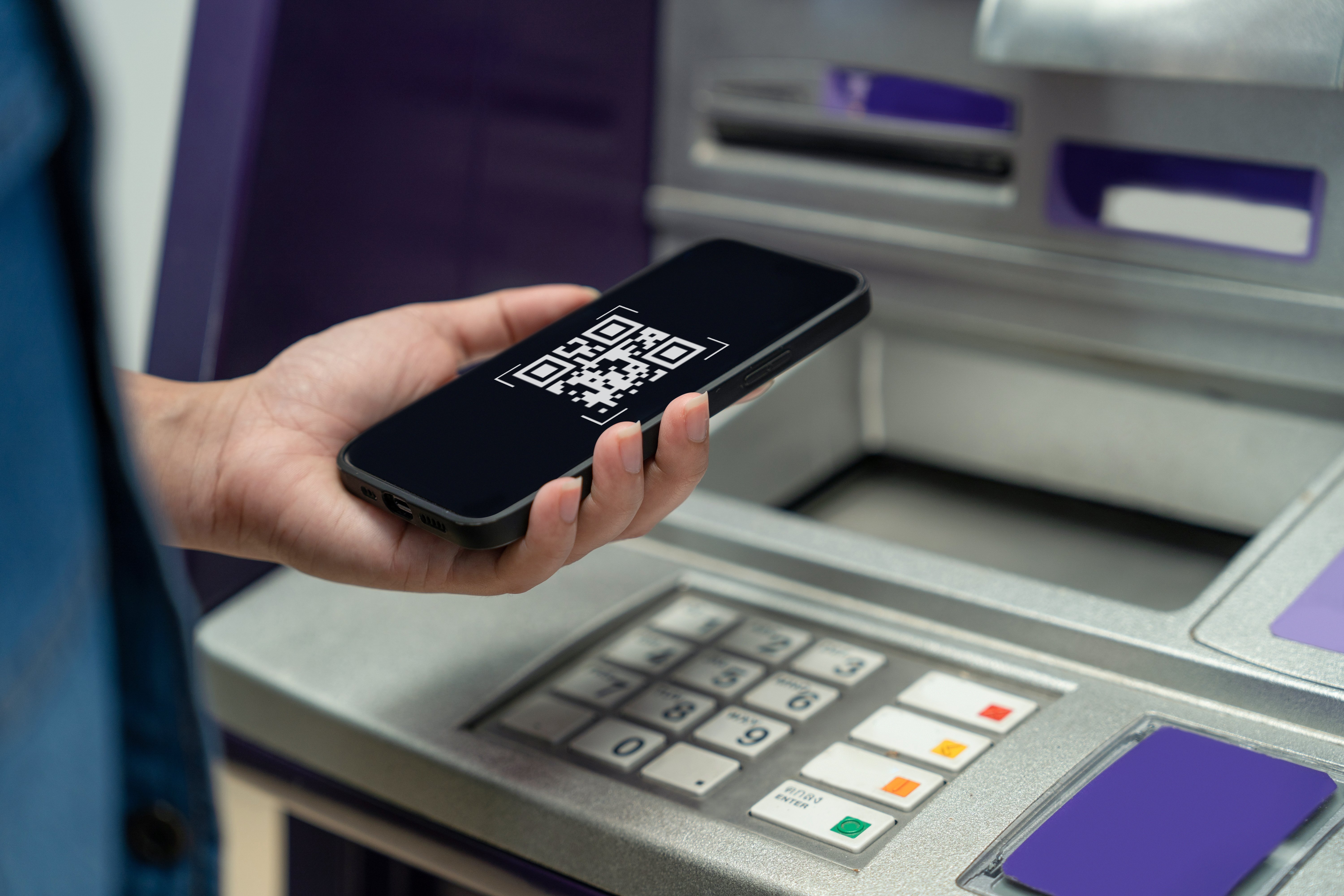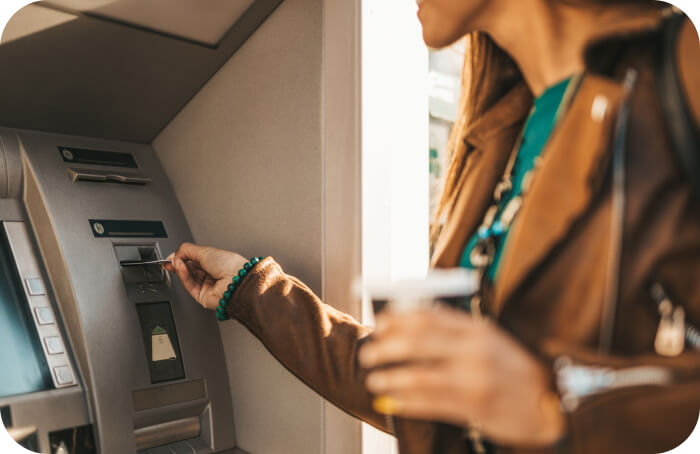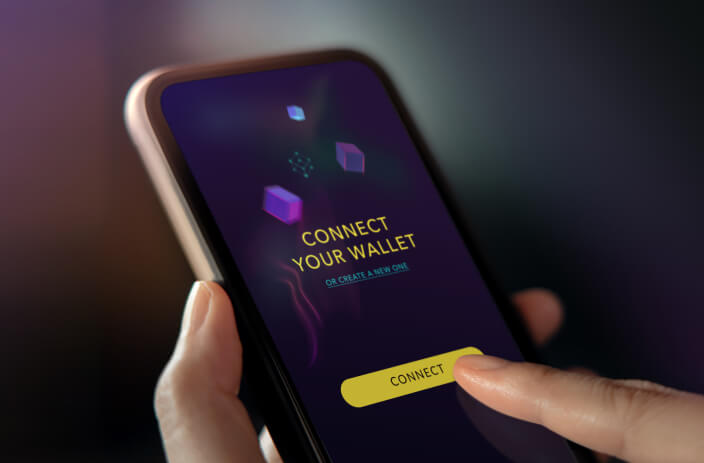Insights on Jalin
- Jalin is an Indonesian inter-bank switching network established in 2016 through collaboration with the Indonesian Ministry of State-Owned Enterprises, major state-owned banks (Bank Mandiri, BNI, BRI, BTN), and PT Telkom Indonesia (Persero) Tbk.
- Jalin offers a variety of services, including ATM switching, debit switching, and QR switching under the “Link” brand, facilitating interbank transaction management and providing cardholders with capabilities such as cash withdrawals, balance checks, fund transfers, and bill payments through its banking channels.
- In 2019, PT Danareksa (Persero) acquired a majority share in Jalin, further enhancing its role as a key player in Indonesia’s payment ecosystem.
Triggers for transformation
There were various studies which showed reasons for why Indonesia should have a nationwide payments switch.
- High Cashless Adoption: Indonesia, along with Singapore and Malaysia, lead Southeast Asia in cashless payment adoption, with 93% of consumers embracing digital payments. This trend suggested a receptive market for a nationwide payments switch.
- Accelerated Transition: The pandemic had accelerated the transition towards cashless payments by three to five years across the region, driven by health concerns and the rapid growth of e-commerce. This momentum made it opportune for Indonesia to streamline its payment ecosystem.
- Diverse Payment Preferences: As payment preferences diversified across the region, a unified payments switch could provide consistency and convenience for consumers, regardless of whether they prefer contactless cards or e-wallets. Such a switch could help create a more standardized and efficient payment landscape.
Needs and Challenges
Jalin, recognized the need for a platform modernization strategy due to the rapid adoption of cashless payments and the demand from financial institutions for more resilient payment processing solutions.
They needed a global player with the capacity and commitment to support their transformation into a digital enabler, connecting people to financial and non-financial ecosystems while addressing transaction risks and fraud prevention.
Why Ren?
After an extensive RFP process, Euronet and the REN payments platform was awarded the project.
“The selection of Euronet as a partner was made after a process conducted in accordance with good corporate governance,” said Boyke Yurista, Jalin CEO. “Furthermore, Euronet, as a global player, has the capacity and commitment needed to support Jalin’s transformation into a digital enabler that connects people to financial and non-financial ecosystems while also mitigating risks for all transactions and minimizing potential fraud. Changing people’s payments behavior today requires a very dynamic business. With our vision to become ‘The National Digital Highway,’ this cooperation with Euronet is a significant step forward in our journey toward that target.”
How did we help?
Euronet has deployed its Ren payments platform to handle extensive transaction switching, encompassing ATMs, POS terminals, QR codes, digital wallets, and connections to major card associations. The platform also manages back-office functions like clearing and settlement, accessible through APIs for agile service implementation.
The project will be implemented in phases, involving the migration of workloads to Ren and the introduction of services like ATM management and digital wallet-based QR code payments. The initial phase focuses on cross-border QR code payments with Thailand and Malaysia. Subsequent phases, occurring over the next year, will encompass various services, potentially generating billions of transactions annually due to the region’s growing digital payments trend.
For more information, download the case study here-








